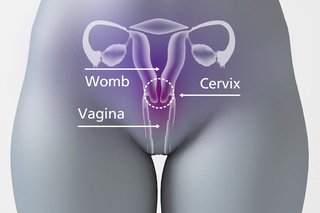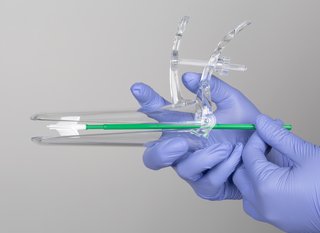Information:Try not to worry if it is taking a long time to get your results letter.
It does not mean anything is wrong, and most people will have a normal result.
What your results mean
Your results letter will explain what was tested for and what your results mean.
Sometimes you’ll be asked to come back in 3 months to have the test again. This does not mean there’s anything wrong, it’s because the results were unclear. This is sometimes called an inadequate result.
Human papillomavirus (HPV) is not found in your sample
Most people will not have HPV (an HPV negative result).
This means your risk of getting cervical cancer is very low. You do not need any further tests to check for abnormal cervical cells, even if you have had these in the past.
You’ll be invited for screening again in 3 or 5 years.
HPV is found in your sample
Your results letter will explain what will happen next if HPV is found in your sample (an HPV positive result).
You may need:
- another cervical screening test in 1 year
- a different test to look at your cervix (a colposcopy)
There are 2 different kinds of HPV positive result:
| Result | What it means |
|---|---|
| HPV found (HPV positive) but no abnormal cells | You’ll be invited for screening in 1 year and again in 2 years if you still have HPV. If you still have HPV after 3 years, you may need to have a colposcopy. |
| HPV found (HPV positive) and abnormal cells | You’ll be asked to have a colposcopy. |
Information:HPV is a common virus and most people will get it at some point. You can get it through any kind of sexual contact.
Important
Having a positive HPV result does not mean your partner has had sex with someone else while you have been together.
You might have HPV even if you have not been sexually active or not had a new partner for many years.
If you need a colposcopy
A colposcopy is a simple procedure to look at your cervix.
It’s similar to having cervical screening, but it’s done in hospital.
You might need a colposcopy if your results show changes to the cells of your cervix.
Find out more about having a colposcopy
Information:Try not to worry if you have been referred for a colposcopy.
Any changes to your cells will not get worse while you’re waiting for your appointment.











